

Hospicio Cabaňas
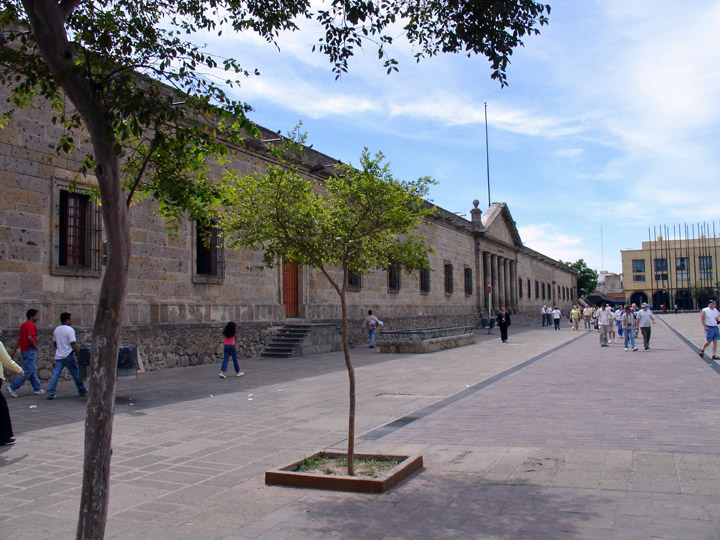
Hospicio Cabaňas
Designed and financed by Bishop
Juan Ruiz de Cabaňas (completed 1810)
as the Guadalajara House of Charity and Mercy,
a home for the sick, helpless and homeless.
it served this purpose for 170 years
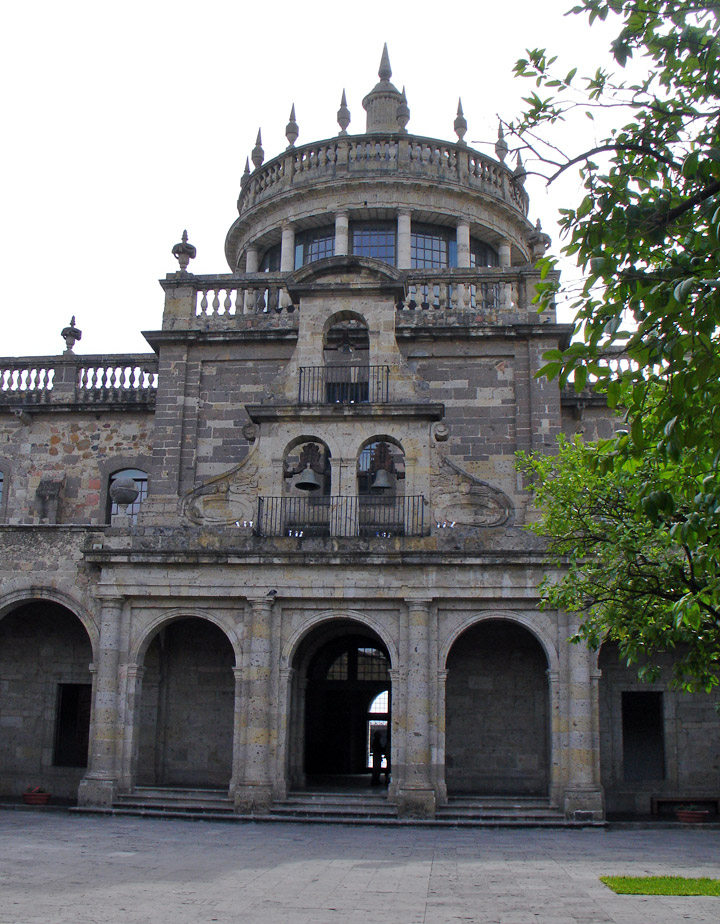
the chapel of the Hospicio Cabaňas
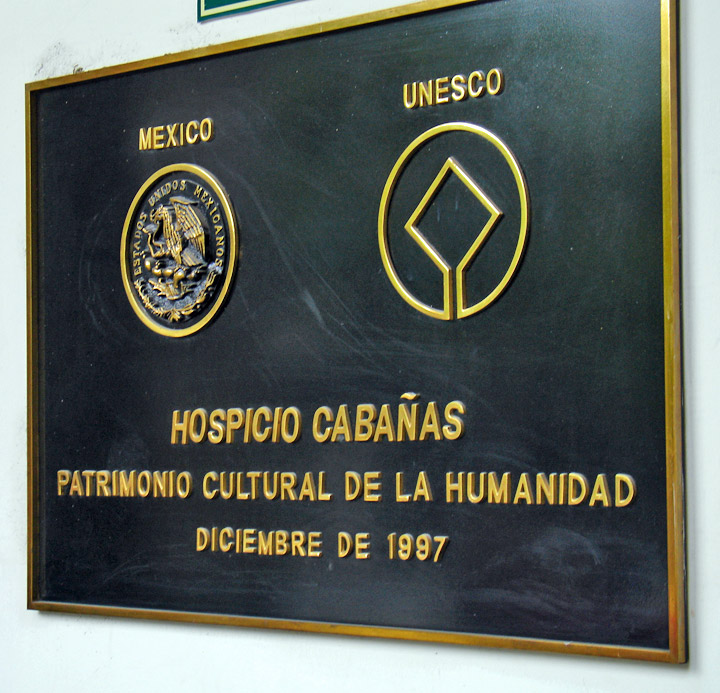
a World Heritage site

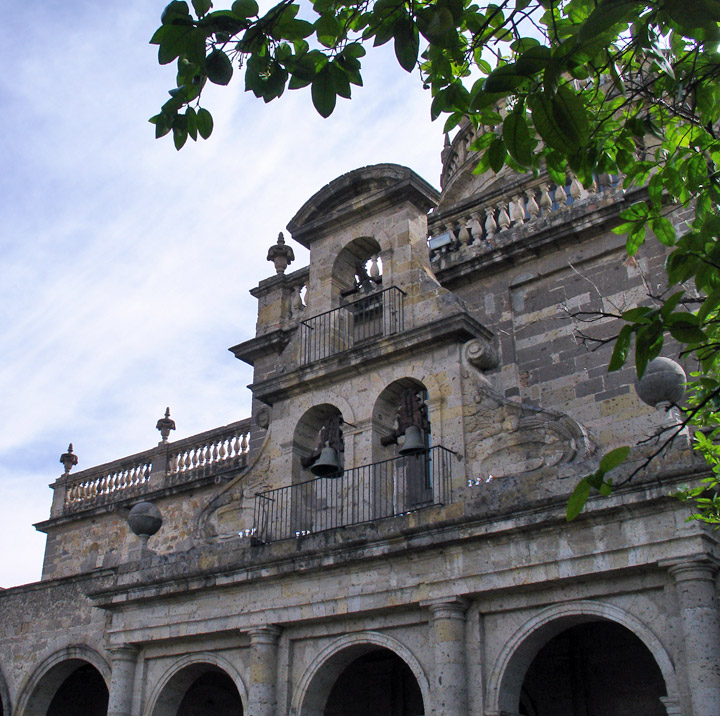
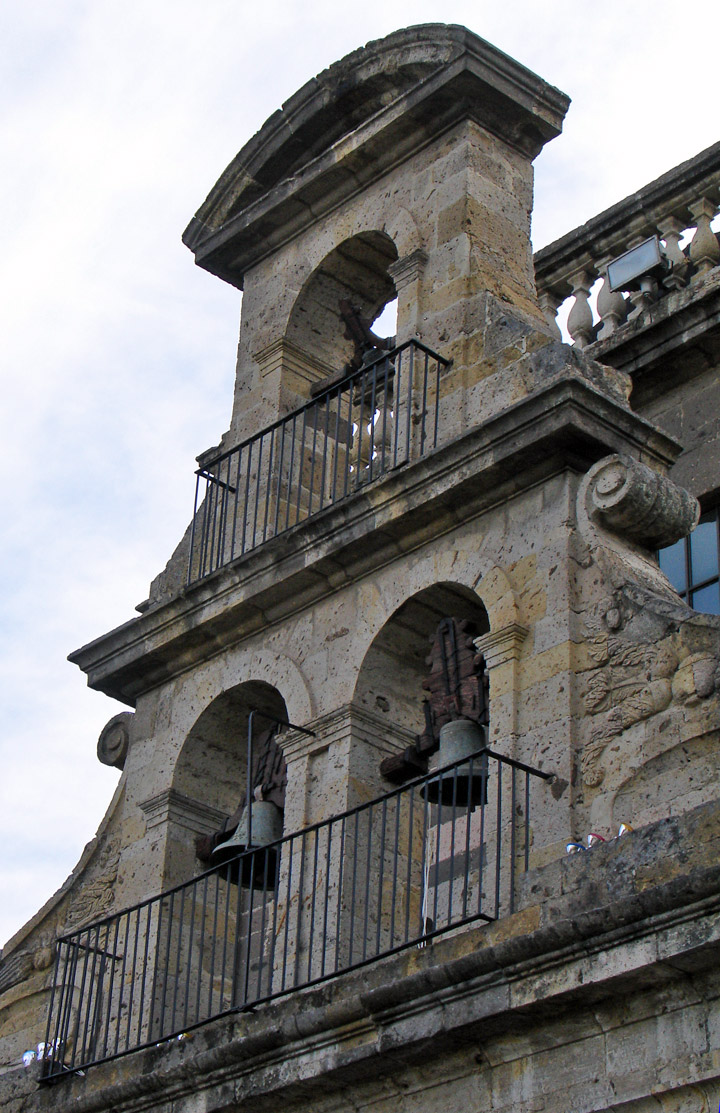
is now the Instituto Cultural
Cabaňas
(restored by the city and state governments)
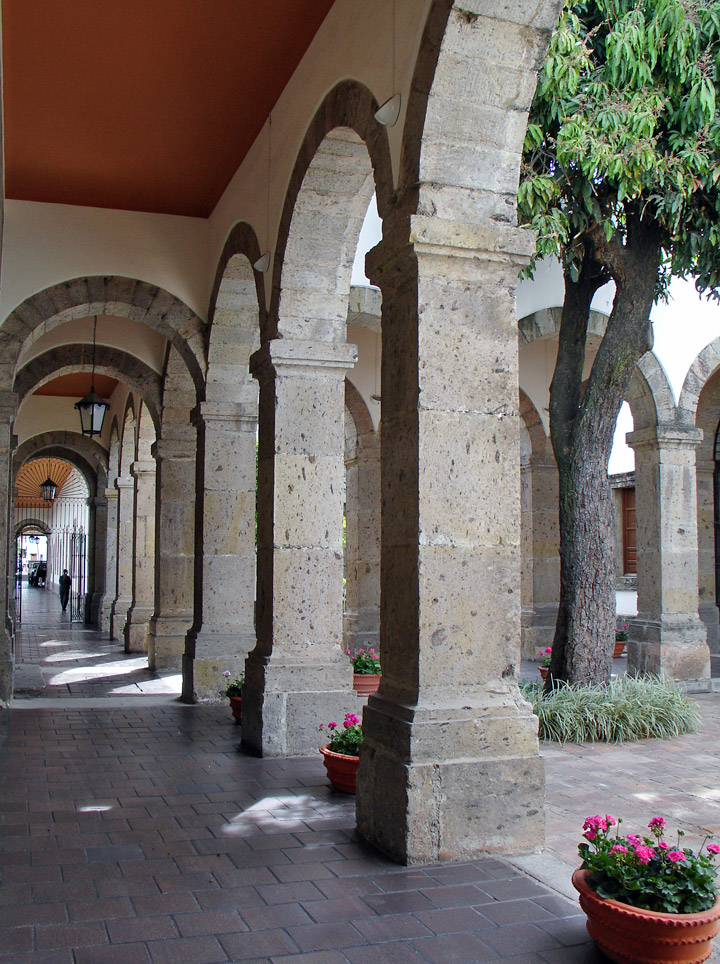
side courtyard
The Murals of Jose Clemente Orozco

Jose Clemente Orozco
He is one of the great painters of
the Mexican vanguard. It studied in the Academy of San Carlos of Mexico and from
his youth he was the interpreter of the revolution, using subjects, both
political and social, that developed in his great composition murals.
It developed a heroic style, founded on a realism of character, consciously
bound to the old Mexican artistic traditions, of violent dynamism.
It was born in City Guzmán (Zapotlán the Great one), Jalisco in 1883; and died
in the City of Mexico in 1949. Along with his family moved to Guadalajara
and soon to the capital of the Republic, where he arrived in 1890. As a boy, she
knew Jose Guadalupe Put, whose engravings influenced his painting.
He took some classes in drawing at the Academy, was a student of
agriculture (3 years in San Jacinto) and returned to San Carlos from 1906 to
1910. In 1916, in his first individual exhibition at the Biblos Bookstore he
presented cartoons made for the Son of Ahuizote; it comprised the body of
illustrators of the Vanguard (Orizaba, 1914); painted watercolors and oils
reproduced, in synthetic form, "the pestilentes shades of the aposentos closed",
according to its own expression; a series of drawings with scenes of the
Revolution and the first picture of great dimensions, the last Spanish forces
evacuating with honor the castle of San Juan de Ulúa (1915). In 1917 it traveled
to the United States and on his return painted some pictures, in special
Soldaderas, Combat and the picture of his mother.
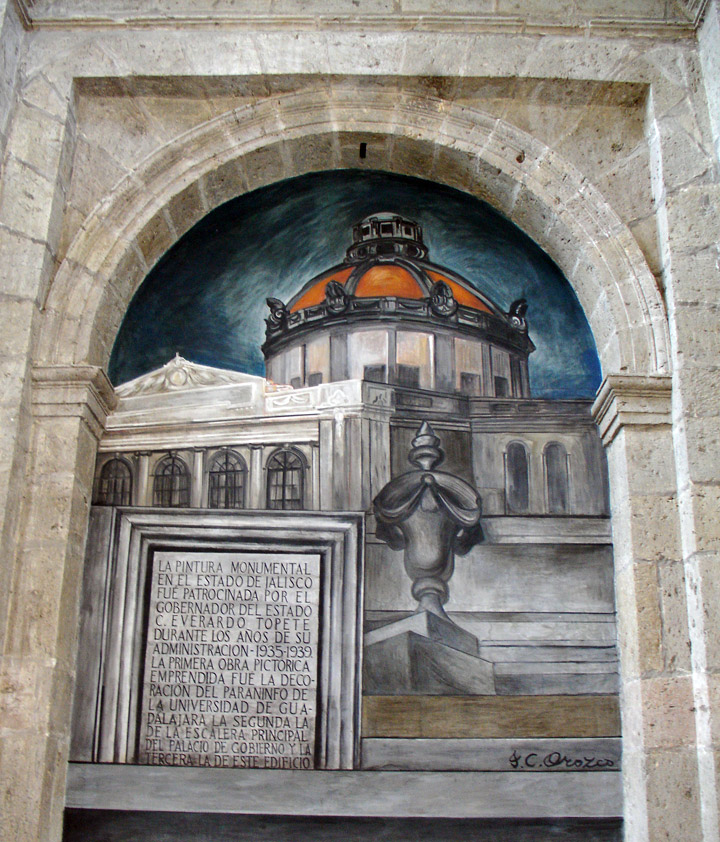
in the chapel of the Hospicio Chapel, 40 great murals are lodged in the architectural sections
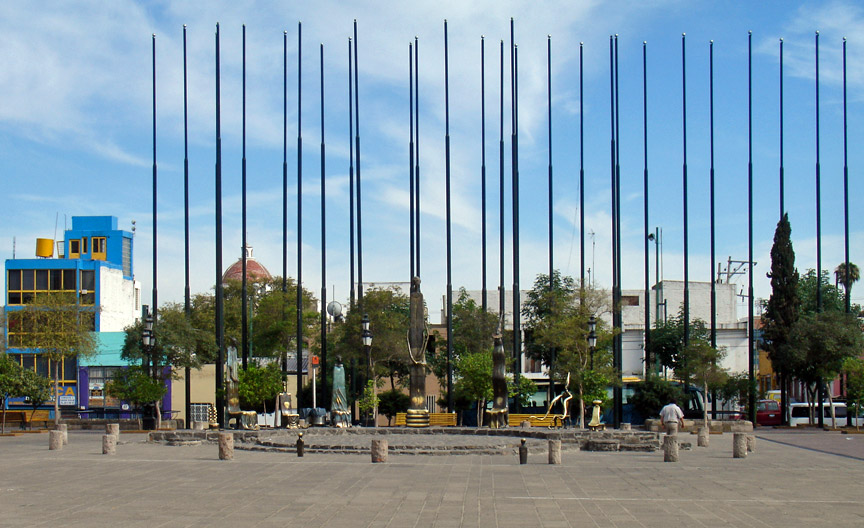
unique bronze seating in front of the Hospicio Cabaňas
Photos of the Bronze Chair sculptures